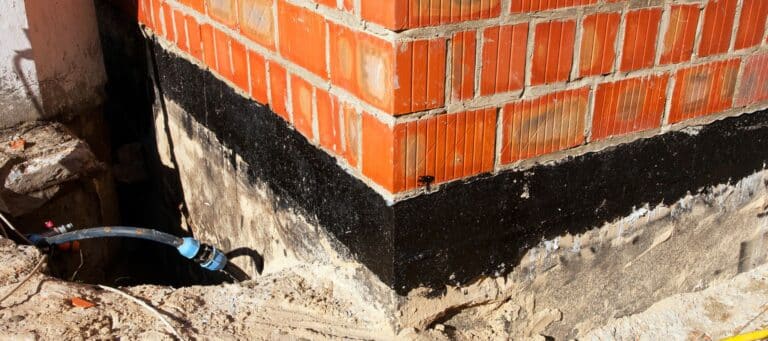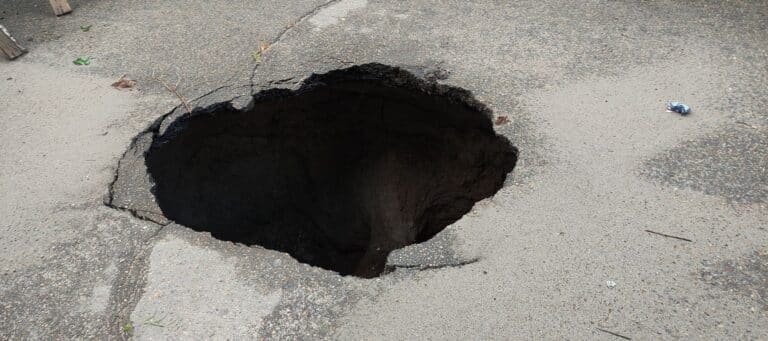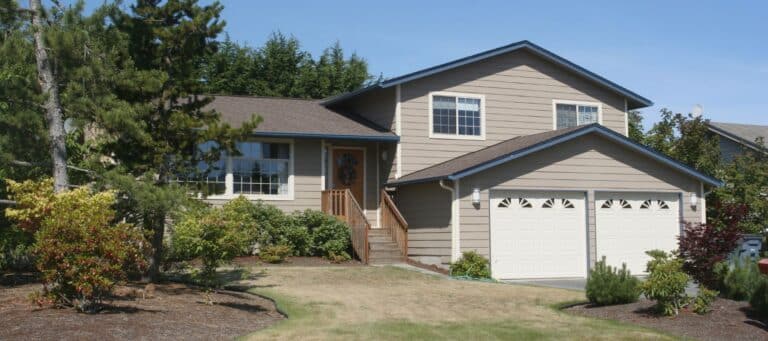G.L. Hunt Foundation Repair
98 San Jacinto Blvd, 4th Floor, Ste. A, Austin, TX 78701
Business Hours:
- Monday8am-7pm
- Tuesday8am-7pm
- Wednesday8am-7pm
- Thursday8am-7pm
- Friday8am-6pm
- Saturday9am-5pm
- Sunday9am-5pm
Keep Austin weird, not struggling under the weight of foundation, crawl space and house leveling worries!




Our team values honest and transparent communication, and that extends to our pricing. Contact our experts to get your free estimate today!
Free Estimate